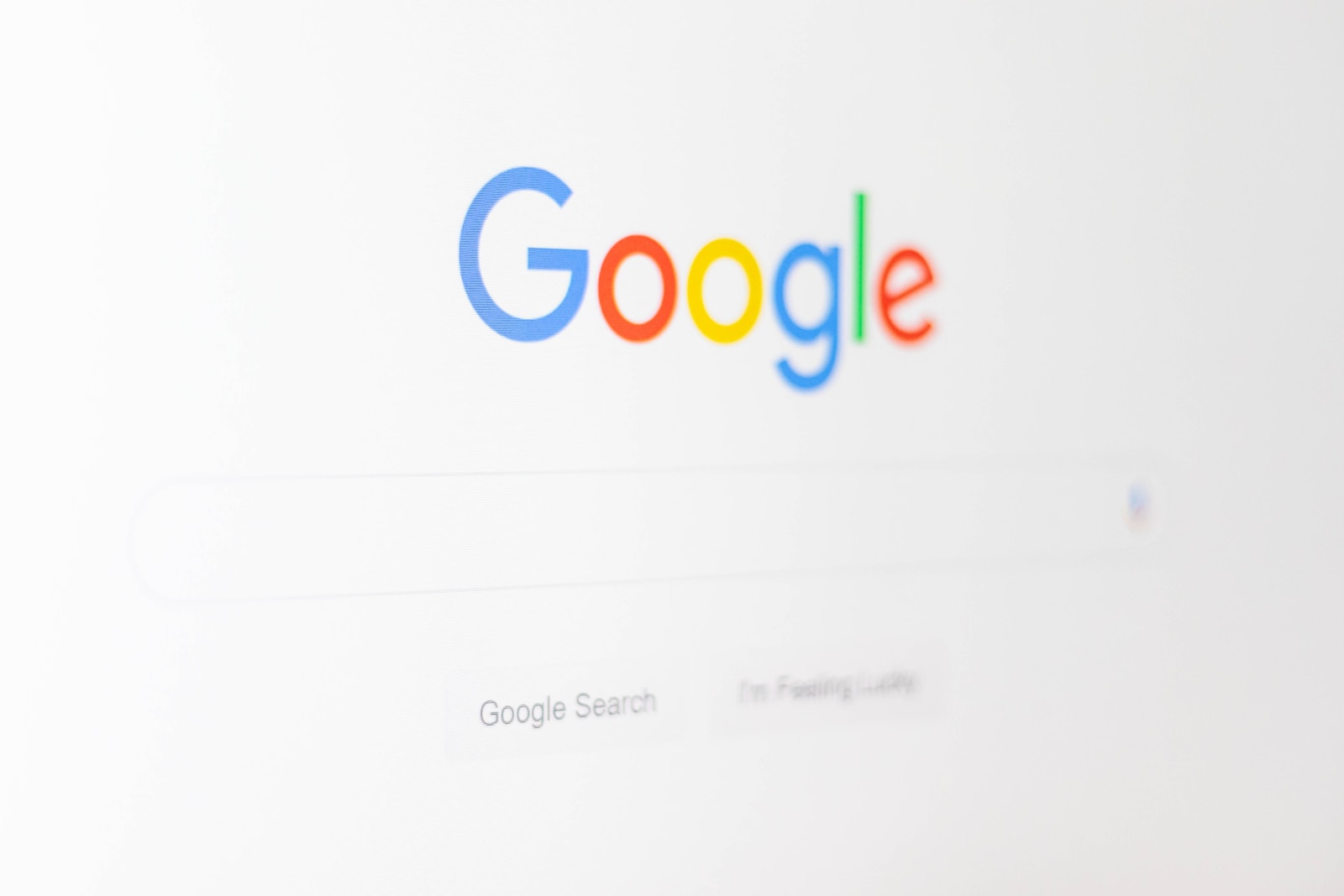What are the URL structure best practices? Every web page has a unique URL address. This is because web pages are stored on the web server. Each web page therefore is stored on a particular directory or subfolder on the web server. This means that the web server will create a file or folder for each web page that is stored on its server. To access a particular web page, the user will type the URL into the web browser. Then the web browser will automatically send a request to the web server. The web server will read the URL and find the web page using the protocol, domain name, and path. If the web server cannot find the requested page, it will respond with an error message.
When you write a web page, you should make sure that the URL has the right format. For example, you should make sure that the URL includes a protocol. In this post, we will discuss some of the best practices when it comes to URL structure and how to use them to your advantage.
What is a URL?
A URL is like a street address. The address tells you where a person lives. The website address tells you where the website is located. A website can have different types of addresses. Each one of them has a unique name. They are called domain names. The web address or URL is the part of a domain name that tells you where a person lives. It is used to locate a specific web page on the internet. The URL is always found in the address bar of the browser. Therefore this is the first thing you will see when you visit a web page. The first part is called the protocol that tells you what the web address is. For example, if you want to visit a web page that is hosted by a web server, you will use the HTTP:// protocol.
SEO best practices for URLs
Follow a good URL structure
It’s important to figure out URL hierarchy before building your website. There is no set rule about the best URL structure. The purpose of the site can affect the URLs. A URL structure that is simple, logical, and easy to remember is considered to be the best. Users and search engines can quickly and easily understand the connections between different pages if your URL structure is easy to understand. When your URL structure is in place, it is easy to pick the right URLKeywords for each page.
Use HTTPS protocol
The secure version of the protocol is referred to as the HTTPS protocol. Even if a hacker were to trap the data, they wouldn’t be able to read it, because the communication between your browser and the website is secured with a secure sockets layer. Your website is more credible due to the fact that users feel more secure making a purchase with their credit card info. You should also discuss these details with your web developer.
Hide the www prefix
The website domain is obvious, so the www prefix was used to prevent confusion. Nowadays it isn’t necessary to include it. It takes longer to type and takes up more space in the address bar if you include it. Since they have a secure lock icon indicator, the Chrome browser hides the information in the address bar. You can see it if you double-click inside the address bar.
Edit the page URL to be relevant
The page on your website should have a clear purpose. Don’t use numbers that are confusing and not relevant. It will also reduce the visibility of your website.The page URL should be descriptive of the content on the page. This can improve the user experience.
Keep it short and simple
The page or post title can be an unnecessarily long string of characters for the URL, which is why most URLs automatically use the page or post title as the default URL. Long URLs rank lower than short ones.
Use meaningful keywords
If you want your page to show up in search results, use 1-2 relevant phrases in your URL. Stuffing your URL with more than that can make it look like you are making a scam. The title of the page or post should be used. Adding these words to your page meta description will make your page stand out more because they are bold in the search results.
Final Words
A URL is a unique identifier for a web page. It is the main method of navigation on the World Wide Web. The World Wide Web has URLs that can be used to identify resources. A URL is composed of a protocol (like http://), the domain name, and the path. The path is the part of the URL that indicates the location of the resource. The path is the part of the URL that identifies a particular subfolder structure within a website.





















Leave a Reply
View Comments